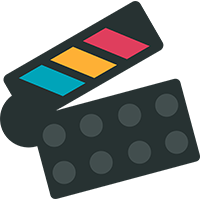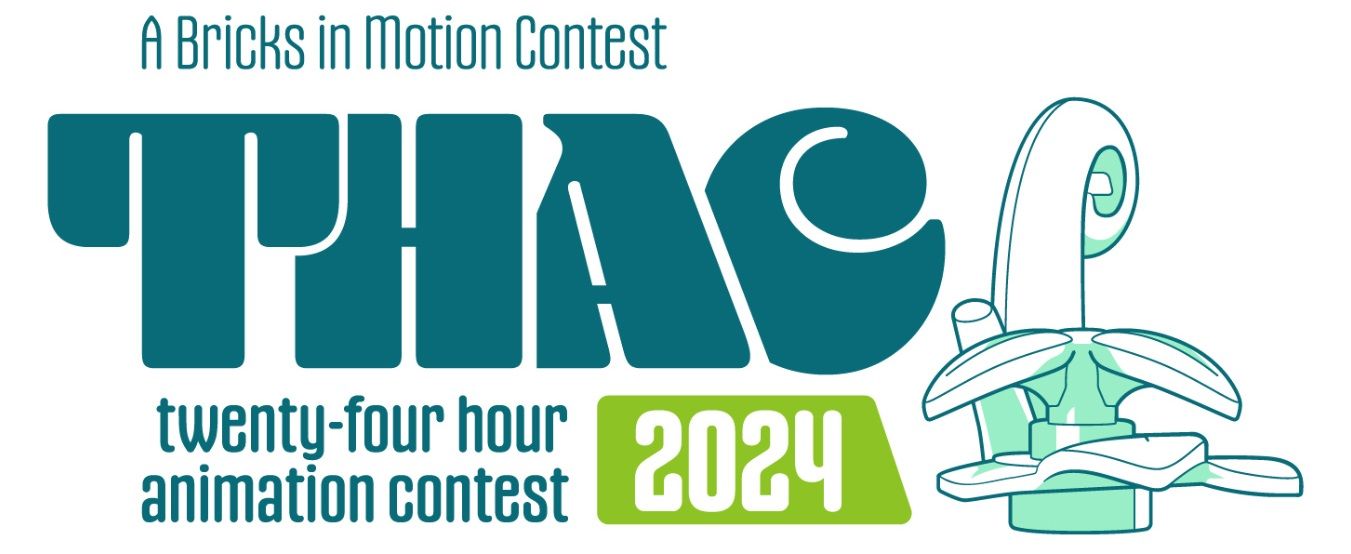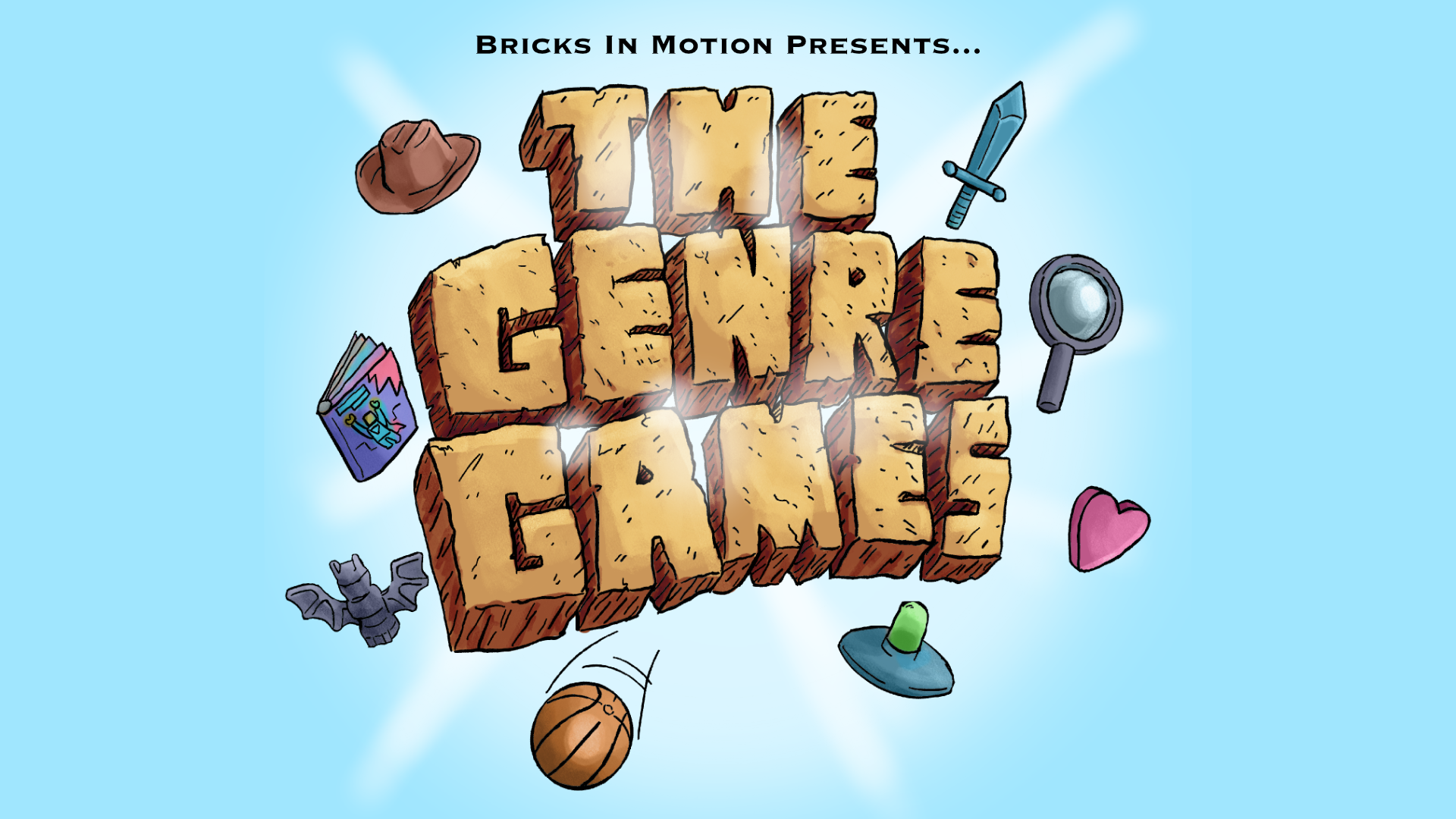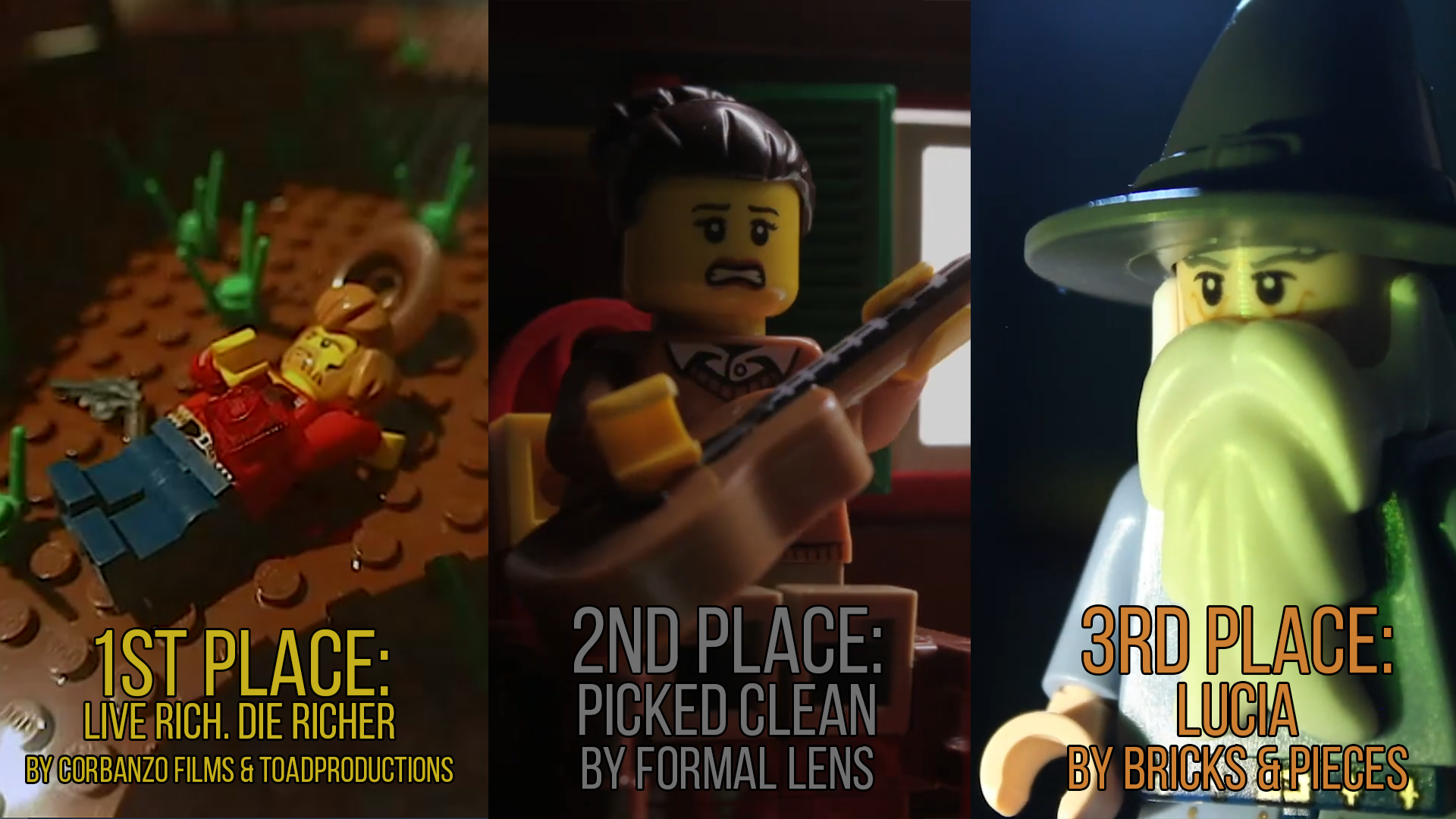When I have an idea that I want to pursue, I usually have more than just a title.
For instance... I want to make a joke short about state abbreviations.
So this short idea started with a joke. But then I thought, okay, how do I ramp this up to absurd proportions? Take it to the next level? Mailing something to the wrong state? What about a road trip in the wrong direction? Bingo.
--Take your feelings and thoughts and push them into the mould of what you're making.
I think state abreviations are easy to mess up and could cause real problems for someone. Okay, so put a character into that exact situation! Find a way to create conflict between your characters. A stupid mistake. A genuine disagreement over ideology. What grinds your gears? Pick a character and let that same thing that bothers you, bother them.
Smeagol you saw the film I'm working on. Near the start of the film there is a character who I ad-libbed a line for ("So, I've been workin' on my Sea Dog. Like Avast! and Scurvy! Oh-") and as I worked on the story, his focus on Sea Dog grew into not just a character trait, but a big part of who he is. He was a canadian fisherman/treasure hunter that deep down believes he should be a PIRATE.
--Pay attention to the little pieces that stick out in your mind as you work on your project. If its something you keep coming back to and thinking "I like that" there's a reason for it. Explore that detail further and find out where the rabbit hole goes.
--Act out the voices and scenes that you're still working on. Let two characters talk to each other in your mind's eye and learn about who they are. You may never write down the dialogue, but it further deepens who the characters are to YOU and when you DO start writing for them, their motives and who they are, are more real even when the lines themselves don't reveal a lot about them.
--Imagine your Protagonist and Antagonist sitting down to talk. Let their discussion grow into an argument. When you do that you can get a better understanding of what your central conflict is. Even if the two never do talk in the story, you'll know why they are fighting. That knowledge will help you bridge gaps and incorporate more elements and details into the complex web of your story.
I also write stream-of-conciousness type dialogue and plot elements in a word document when I've got a spark of creativity going for me. Later I'll come back, hit the page break button and start over again on another page. I may re-write a section of the story in three or four different ways because of what I feel another part of the story needs.
Spread things out. Make a mess. And then put the pieces back together.
And now I'm going to list my favorite story development tool...
Pixar’s rules/guidelines for storytelling
#1: You admire a character for trying more than for their successes.
#2: You gotta keep in mind what’s interesting to you as an audience, not what’s fun to do as a writer. They can be v. different.
#3: Trying for theme is important, but you won’t see what the story is actually about til you’re at the end of it. Now rewrite.
#4: Once upon a time there was ___. Every day, ___. One day ___. Because of that, ___. Because of that, ___. Until finally ___.
#5: Simplify. Focus. Combine characters. Hop over detours. You’ll feel like you’re losing valuable stuff but it sets you free.
#6: What is your character good at, comfortable with? Throw the polar opposite at them. Challenge them. How do they deal?
#7: Come up with your ending before you figure out your middle. Seriously. Endings are hard, get yours working up front.
#8: Finish your story, let go even if it’s not perfect. In an ideal world you have both, but move on. Do better next time.
#9: When you’re stuck, make a list of what WOULDN’T happen next. Lots of times the material to get you unstuck will show up.
#10: Pull apart the stories you like. What you like in them is a part of you; you’ve got to recognize it before you can use it.
#11: Putting it on paper lets you start fixing it. If it stays in your head, a perfect idea, you’ll never share it with anyone.
#12: Discount the 1st thing that comes to mind. And the 2nd, 3rd, 4th, 5th – get the obvious out of the way. Surprise yourself.
#13: Give your characters opinions. Passive/malleable might seem likable to you as you write, but it’s poison to the audience.
#14: Why must you tell THIS story? What’s the belief burning within you that your story feeds off of? That’s the heart of it.
#15: If you were your character, in this situation, how would you feel? Honesty lends credibility to unbelievable situations.
#16: What are the stakes? Give us reason to root for the character. What happens if they don’t succeed? Stack the odds against.
#17: No work is ever wasted. If it’s not working, let go and move on - it’ll come back around to be useful later.
#18: You have to know yourself: the difference between doing your best & fussing. Story is testing, not refining.
#19: Coincidences to get characters into trouble are great; coincidences to get them out of it are cheating.
#20: Exercise: take the building blocks of a movie you dislike. How d’you rearrange them into what you DO like?
#21: You gotta identify with your situation/characters, can’t just write ‘cool’. What would make YOU act that way?
#22: What’s the essence of your story? Most economical telling of it? If you know that, you can build out from there.
Well, that's all I can think of right now.











